Home / UK & Europe / Madrid – the Quintessent…
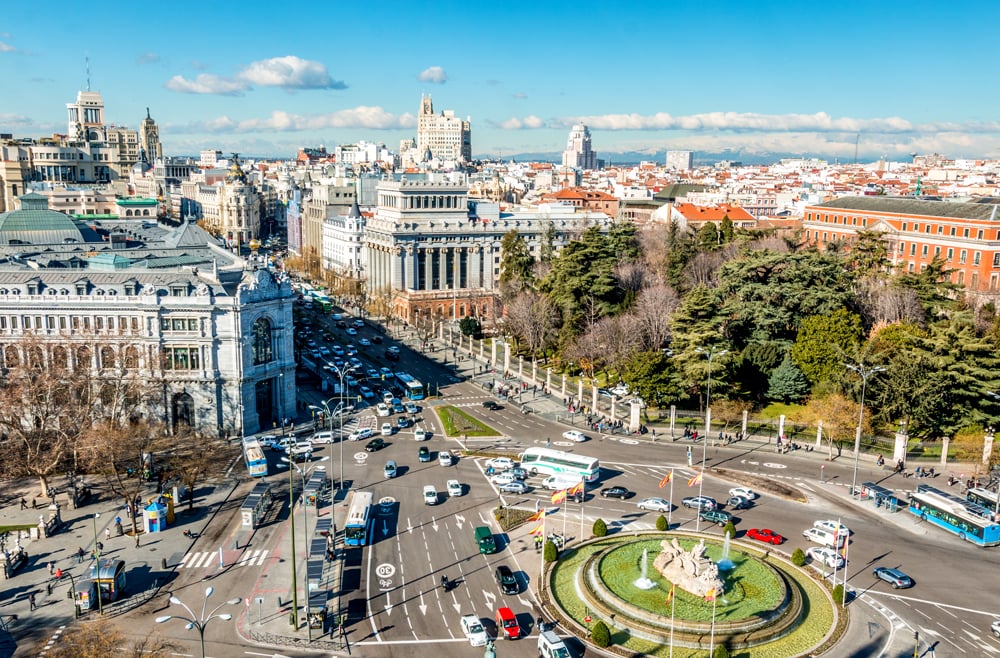
Madrid – the Quintessential City to Visit on a Spain Vacation
If you are looking for culture, history, impressive architecture, beautiful parks, and great food on a Spain vacation, then Madrid is for you.
To my mind, there is something of a regal atmosphere about Madrid which could be that this is, and has been, the home of Spanish royalty for a long time and is woven into the very fabric of the city. It is a well laid out, very walkable city interspersed with wide avenues, historical neighbourhoods, and plenty of green parkland.
Most visitors on Spain holidays will start with an exploration of the Plaza Mayor, the grandiloquent rectangular central square of Madrid, bang in the middle of the historic part of the city. This cobblestone plaza is beautiful in its own right. It has a long history as it was designed as far back as 1619. It is made up of the warm colours of the surrounding 3-storey apartments, with 237 wrought-iron balconies set off with some exquisite frescoes from the 17th century. The Casa de la Panadería (Bakery House), which is used for municipal and cultural functions and built in 1590, dominates the Plaza Mayor. In the middle of the plaza is a statue of Philip III on horseback, dating back to 1616.
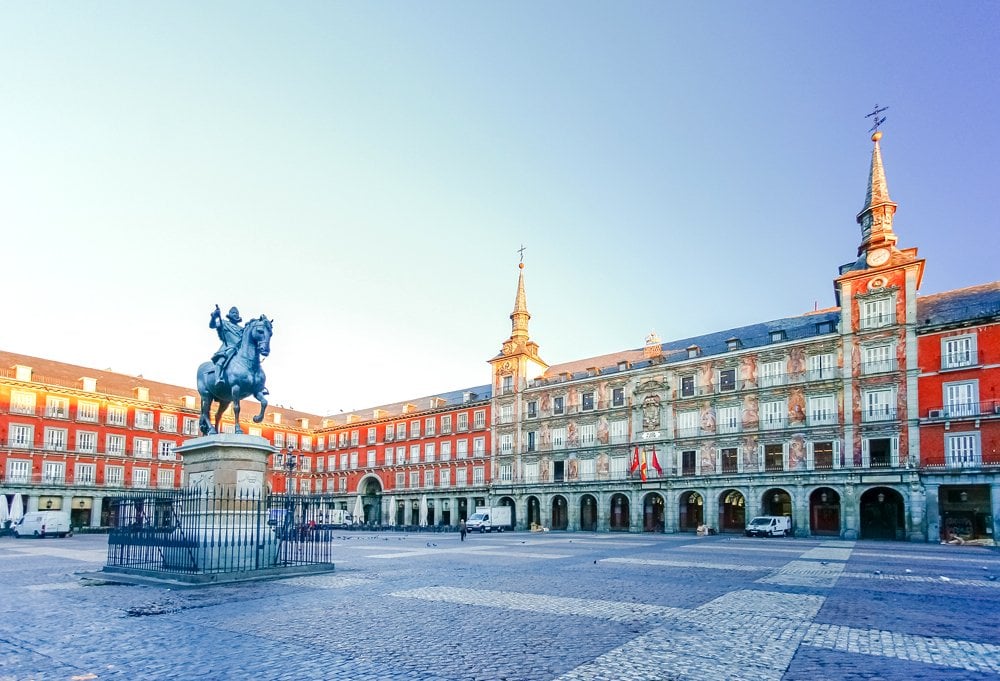
Not far from the Plaza Mayor is another smaller but equally charming plaza, the Puerta del Sol. This is where locals gather every New Year’s Eve and where the famous clock rings out the traditional eating of twelve grapes, an old Spanish tradition. Some buildings in this plaza include the old Post Office which serves as the office of the President of Madrid, a mounted statue of Charles III of Spain, nicknamed “El Rey Alcalde” (“the mayor-king”), and the statue of The Bear and the Strawberry Tree, the heraldic symbol of Madrid.
A short stroll from this area will bring you to the very impressive Palacio Real de Madrid (the Royal Palace), the official residence of the Spanish Royal Family. However, it is only used for state ceremonies, as the current royal family lives in a more modest palace on the outskirts of the city. It is the largest royal palace in Europe, if measured by its interior, which is noted for its wealth of art. This includes paintings by artists such as Caravaggio, Goya, and Velazquez. Other collections include the Royal Armoury of Madrid, porcelain, clocks (250 of them), furniture, silverware, and the world’s only complete collection of 5 Stradivarius violins. Guided and independent visits are available through 50 of the rooms. Adjacent to the grounds of the palace are the Campo del Moro Gardens, originally designed to rival the ones at Versailles in Paris, as well as the Sabatini Gardens, with their four fountains and statues of Spanish kings.
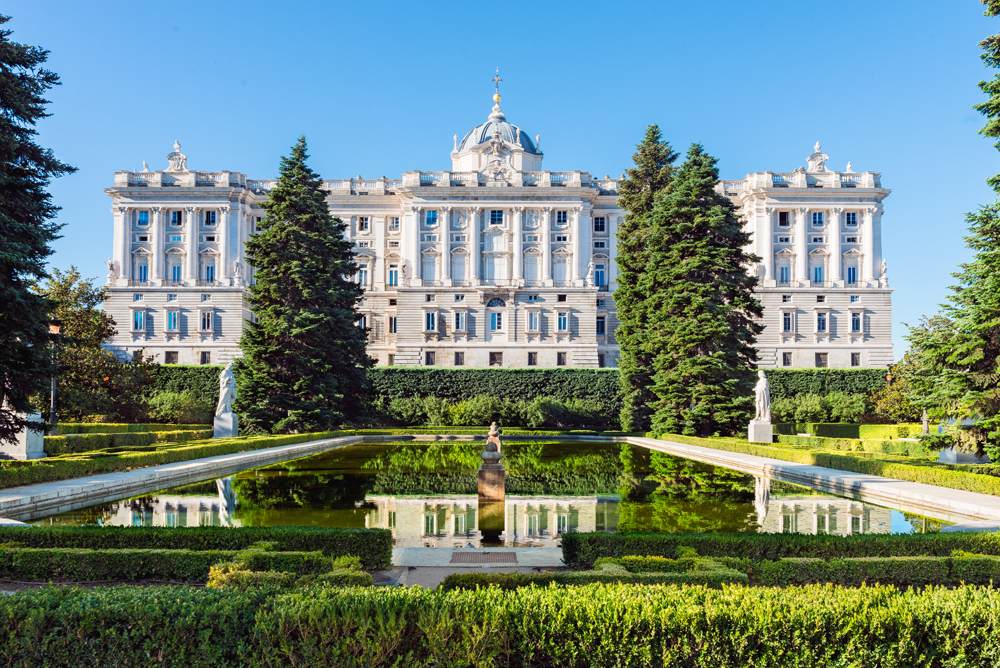
It is inevitable that in every major European city, there will be an outstanding cathedral. Madrid is no exception. The Almudena Cathedral is not that old, as it was completed in the late 19th century. It houses a museum which explains the history of the church and has effigies of the city’s patron saints. You can go up to the top of the dome of the cathedral and enjoy some spectacular views of Madrid.
Another impressive building is the Palacio de Comunicaciones, a colossal structure originally designed for the Post Office when it opened in 1919. It is currently the seat of the City Council. The central tower has a viewing point a terrace from which visitors can again have good views of Madrid, on Spain tours.
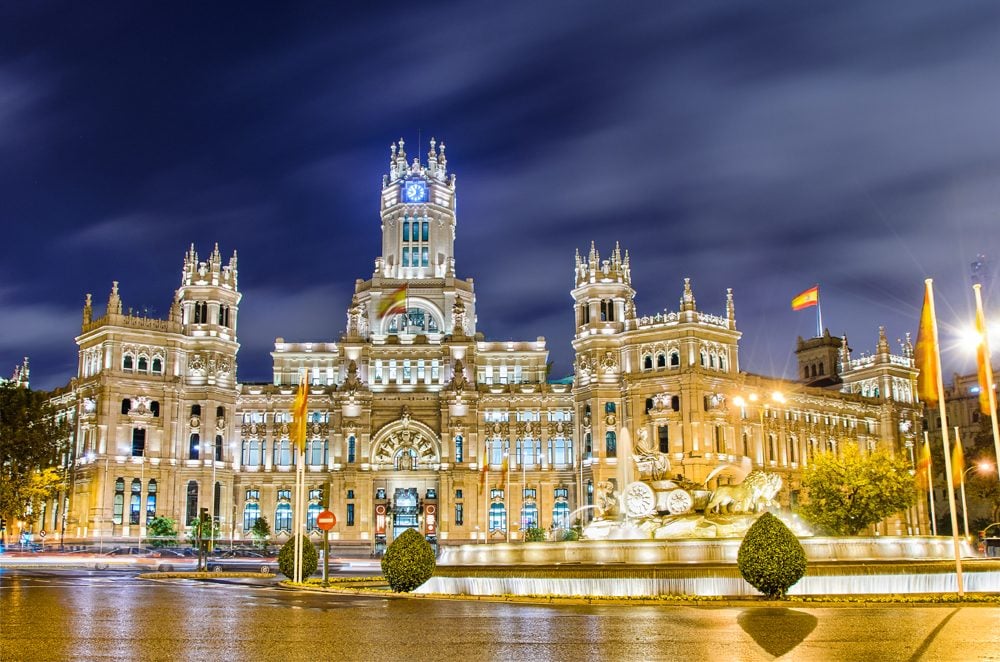
The Teatro Real is Madrid’s opera house designed over 150 years ago and one of Europe’s major opera houses. It was actually closed down from 1925 until it reopened in 1997. Apart from opera performances of a high quality, it is possible to have a guided tour of the auditorium, stage, workshops, and rehearsal rooms. The building displays a combination of architectural styles. The theatre’s crown jewel is its large stage area which allows for very complex set changes.
No major European city should be without at least one park. Madrid has several. The most central and the largest one is Retiro Park, which is popular with both locals and visitors. This attractive park was formerly the grounds of a palace built in the reign of Philip IV of Spain (1621-1665) and became a public park in the late 19th century. It contains a number of sculptures such as The Fallen Angel and statues of Spanish kings of the past. There is a large artificial boating lake, a rose garden, a crystal pavilion, and a museum which contains a collection of 19th and 20th Century paintings. Also, within the park, is the Forest of Remembrance, a memorial monument to commemorate the victims of the 2004 Madrid terrorist attacks. From late May through to early October, every Sunday at midday, the Banda Sinfonica de Madrid gives free concerts from the bandstand. Around the lake, you can find street performers, puppet shows, and fortune tellers.
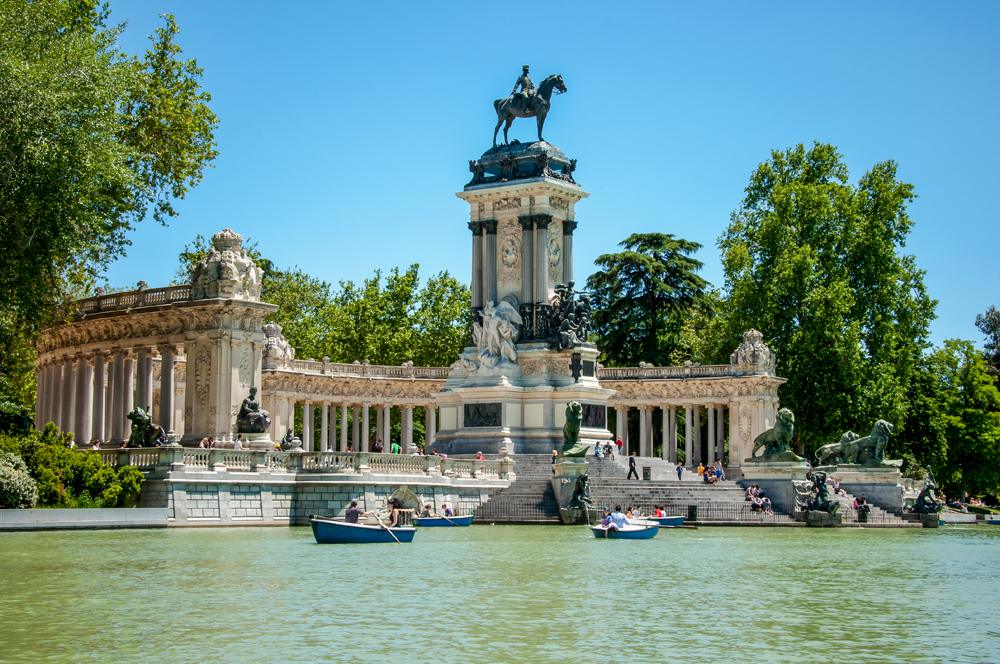
Another major park is the Casa de Campo, which is an enormous urban parkland to the west of the city, the largest in Spain and Madrid’s main “green lung.” It is home to the Madrid Zoo, which features an amusement park and outdoor municipal pool. To enjoy a bird’s eye view of the park and city on your Spain vacation, one can take a cable car trip above the treetops. Casa de Campo’s vegetation is one of its most important features. Not exactly a park, the Royal Botanical Garden of Madrid is an extensive botanical garden which contains more than 30,000 plants and flowers and about 1500 trees. It was designed by the same architects as The Prado Museum and is divided into seven outdoor gardens and five indoor greenhouses. Each of these is arranged logically by theme, content, and nature of origin.
Madrid is blessed with some outstanding art galleries. The Prado Museum is world famous and has one of the finest collections of European art, dating from the 12th century to the early 19th century. It is one of the most visited museums in the world and is considered to be among the greatest museums of art. Within the building are 7000 paintings and 1000 sculptures, plus thousands of prints and drawings. Some of the major artists, whose works are exhibited, include Goya, Velazquez, El Greco, Rubens, Titian, Hieronymus Bosch, Tintoretto, Caravaggio, Van Dyck, and Albrecht Durer.
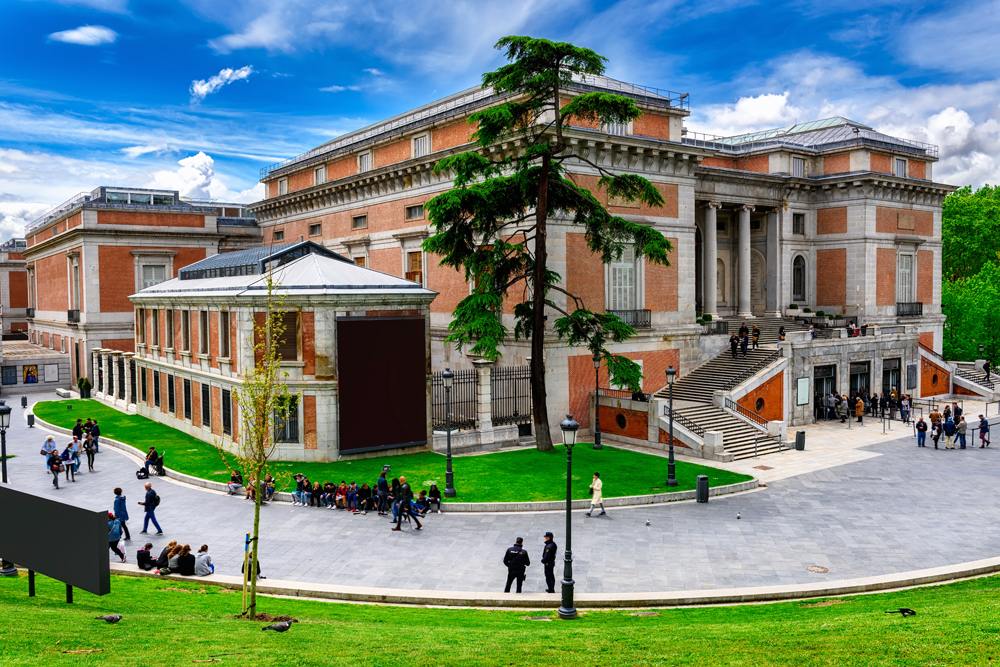
Another major gallery is the Reina Sofia Museum, which is dedicated to modern art of the 20th century, mainly Spanish. Works featured include those of painters such as Pablo Picasso, Salvador Dali, and Joan Miro. It is here you can view Picasso’s Guernica, probably Spain’s most famous painting (permanently in room 206 on the 2nd floor).
The Thyssen-Bornemisza Museum is an art museum that fills in the gaps left by the other two. This involves paintings by the Italian, English, Dutch, and German schools of paintings plus some by American artists. It is an extraordinary private collection of predominantly European art of all kinds. Here you can enjoy art from the medieval period to the present day, including Cubism and Pop Art.
A different type of museum is the Museo del Ferrocarril (Railway Museum), one of the largest historic railroad collections in Europe. It is housed in an abandoned railway station near the centre of Madrid. The collection includes steam trains from 1848 to 1975, as well as diesel trains. Several themed exhibit rooms are devoted to old station clocks and model railways.
Spain is, of course, famous for its bullfights as a sport. If you want to attend one on a trip to Spain, you should head to the Plaza de Toros, the most important and prestigious bullring in the world. If you attend a bullfight here, you will find it a good way to gain an insight into this very Spanish tradition. Bullfights are held regularly during the season, which runs roughly from mid-May to September.
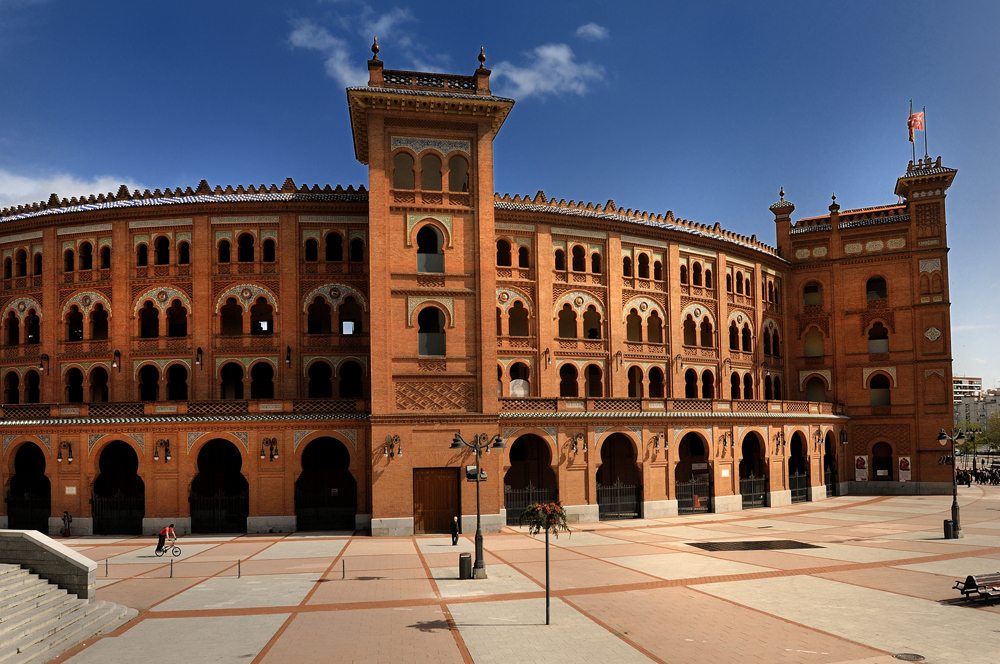
Soccer fans can head to the Estadio Santiago Bernabeu, home to the soccer team, Real Madrid. A self-guided tour takes you up into the stands for a panoramic view of the stadium, then through the presidential box, press room, dressing rooms, the players’ tunnel, and even onto the pitch. If you decide to attend a game here, you will find yourself one among 80,000 excited and raucous fans.
Now, let’s get into some off-beat places and things to see and do in Madrid while on a Spain vacation.
An institution in Madrid is the Sunday morning El Rastro Flea Market, which is one of the largest outdoor markets in Europe, and which dates back to 18th century. It covers a maze of streets where you can find cheap clothes, luggage, vintage vinyl records, CDs, T-shirts, household goods, and electronics. You are likely to also hear live music being presented everywhere.
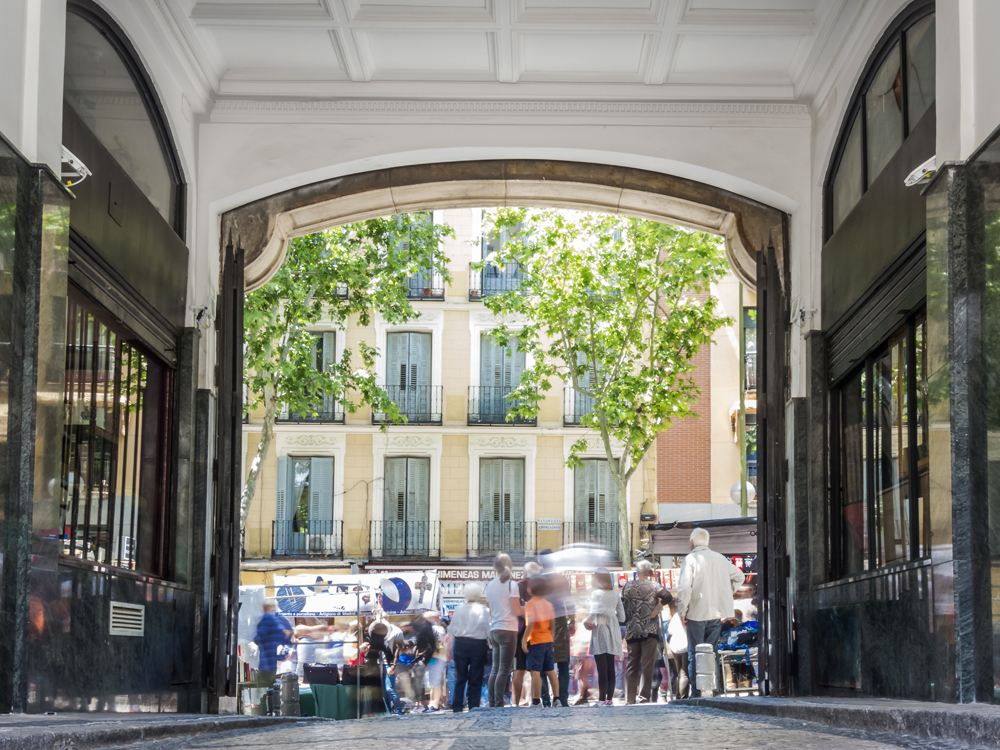
Another market, this time with a difference, is the Mercado de Motores in the Railway Museum, mentioned earlier. It takes place once a month when you can shop for second-hand clothes, jewellery, gourmet food, and much more.
The Mercado de la Cebada market hall covers a large area with many stalls whose vendors offer a wide range of top-quality products. You can buy not only edible produce but also cosmetics, flowers, eyeglasses, and on and on.
Another type of market is the outdoor food truck stop at MadrEAT, where locals head to in order to eat and drink and sample all types of international foods and Spanish specialties. This only takes place once a month and the dates and locations vary each time.
The Templo de Debod is an Egyptian temple dating back to the 2nd century BC, transported to Madrid’s Cuartel de la Montana Park, donated to Spain by the government of Egypt. The reconstruction kept the building’s original style. To understand the meaning of this temple, its motifs and its history, scale models and videos can be seen, and an audiovisual is projected onto the walls.

Want to eat at the world’s oldest restaurant (according to the Guinness Book of World Records)? Then the Sobrino de Botin is where you go when on trips to Spain. It is hard to imagine that this restaurant has been serving meals for over 200 years. I did eat there a number of years ago and found it delightful. It covers four floors, each with its own Spanish theme, from a brick cellar to the fancy Felipe IV room. It is actually mentioned in Ernest Hemingway’s book, The Sun Also Rises.
Get more travel inspiration by email.
Subscribe
2 Comments
Most Voted

Get the latest travel trends & hear about the best deals on vacations around the world.
If you’re a Globetrotter, these are the newsletters for you!



